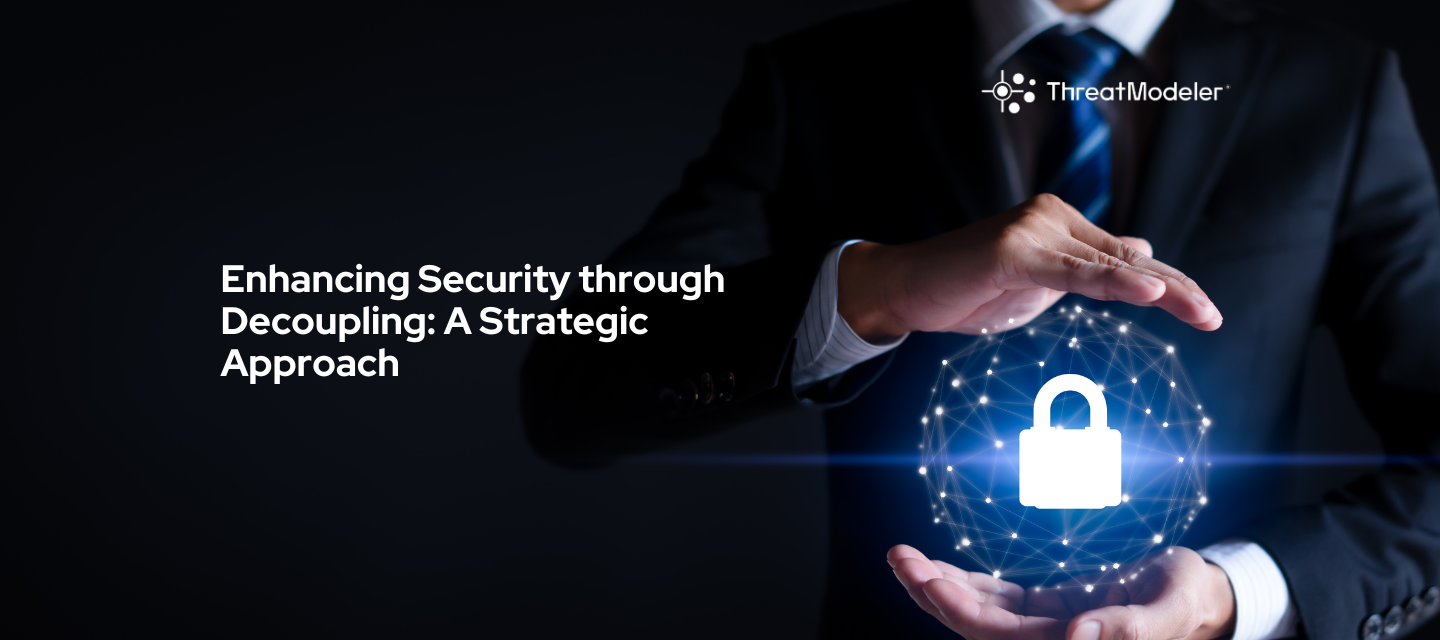In our highly interconnected society, the widespread adoption of cloud services has provided unprecedented convenience to both individuals and organizations. However, this reliance on cloud providers comes at the cost of surrendering control over security and privacy, as these providers act as singular vulnerability points. The evident risks include frequent breaches, ranging from substantial data leaks to sophisticated attacks, with even major corporations like Microsoft and Zoom grappling with notable security issues. The diminishing confidence in companies to ensure safety underscores the necessity for a fundamental change in approach. This article advocates for a paradigm shift, encouraging individuals and organizations to regain authority over their cloud security. While acknowledging the undeniable benefits of cloud services, the narrative underscores the critical need to concurrently safeguard personal and corporate data.
What is Decoupling ?
In recent times, a convergence of novel and pre-existing concepts collectively termed "decoupling" has emerged as a promising solution to navigate the complexities of security and privacy in the digital world. Despite lacking widespread recognition and integration, these ideas offer a fresh perspective on redefining our strategies for safeguarding sensitive information.
The origins of the decoupling approach can be traced back to cryptographer David Chaum's work in the 1980s, envisioning a system where internet traffic is routed through diverse servers to minimize the impact of breaches, influencing applications like the Tor browser. Despite niche applications, broader adoption awaits wider recognition and implementation.
In the cybersecurity domain, decoupling involves breaking of highly integrated systems and applications into smaller, more autonomously functioning components known as microservices. This approach facilitates independent operation of these components, fostering communication through clearly defined APIs (Application Programming Interfaces). The primary goal of decoupling is to offer organizations heightened flexibility and scalability, while enhancing security measures. This method not only enhances adaptability but also mitigates potential vulnerabilities, thereby contributing to a more robust and secure cyber infrastructure.
At its essence, the decoupling principle aligns with the security concept of "Least Privilege," advocating for minimal knowledge to reduce potential risks to personal data, especially when applied to cloud services. The principle emphasizes limiting systems to possess only the essential information required for their functions, thereby enhancing overall security and privacy.
Benefits of Decoupling
Decoupling helps ensure privacy by dividing entities such that they perform only functions that are needed and are relevant. It also makes sure that service providers are breech-proof as they have very limited or no sensitive data to be hacked. Following are some benefits that decoupling offers:
- Decoupling emerges as a powerful strategy, providing a safeguard against single points of failure in cloud services and significantly enhancing both privacy and security. In the context of a decoupled videoconferencing service, if a cloud provider is breached, the exposure is limited to encrypted data flows between anonymous cloud servers, ensuring the confidentiality of sensitive information.
- The decoupling approach extends to storage and compute as well, where breaches reveal only encrypted disks and data flows, shielded by hardware enclaves, preventing unauthorized access. By decoupling storage, compute, and data in motion, cloud service providers are rendered less susceptible to breaches, preserving the integrity of user data.
- Decoupling not only addresses security concerns but also allows for a holistic approach to privacy and security. The traditional distinction between privacy and security is blurred, as individuals and organizations using similar cloud services face comparable threats. This convergence enables a unified perspective on privacy and security, aligning with the comprehensive protection offered by decoupling.
- Furthermore, the decoupling paradigm opens doors to new opportunities, facilitating the development of innovative technologies and services within a decoupled cloud ecosystem. While acknowledging that decoupling isn't a cure-all and new challenges may arise, its implementation provides a robust defense against single points of failure and offers a promising avenue for improving the overall security and privacy landscape.
The growing dependence on cloud services, while offering convenience, exposes individuals and organizations to significant security and privacy risks. The shift towards decoupling, inspired by the principle of "Least Privilege," presents a compelling solution to mitigate these risks. By breaking down integrated systems into autonomous microservices, organizations can regain control over their security, enhance adaptability, and minimize vulnerabilities. Decoupling not only safeguards against single points of failure but also promotes a unified approach to privacy and security. While challenges may persist, embracing decoupling emerges as a robust strategy to secure the digital environment, offering a promising avenue for improved cybersecurity and data protection.



